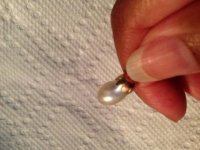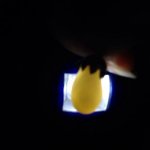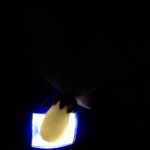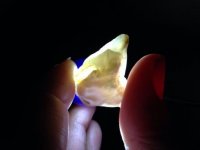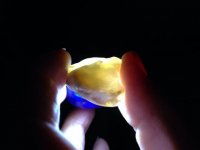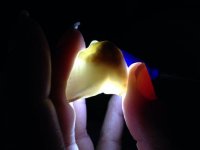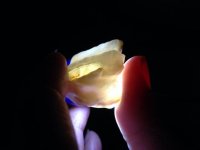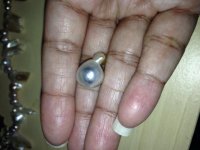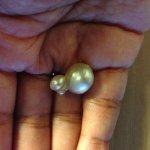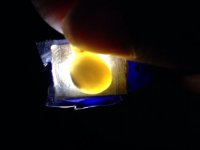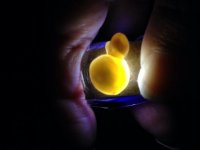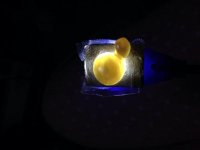CharmedOne
Member
- Joined
- Jun 5, 2013
- Messages
- 258
This is a pearl I asked about a while ago. I used a mighty brite book lamp and just my iPhone. I know I need a better camera. I did this with a couple baroque pearls I purchased recently too. I will post more photos of them shortly.

